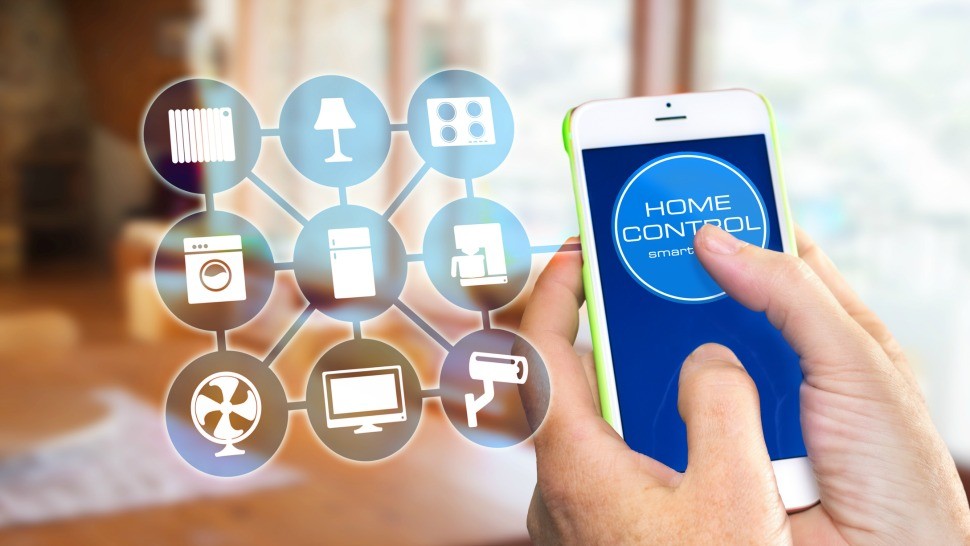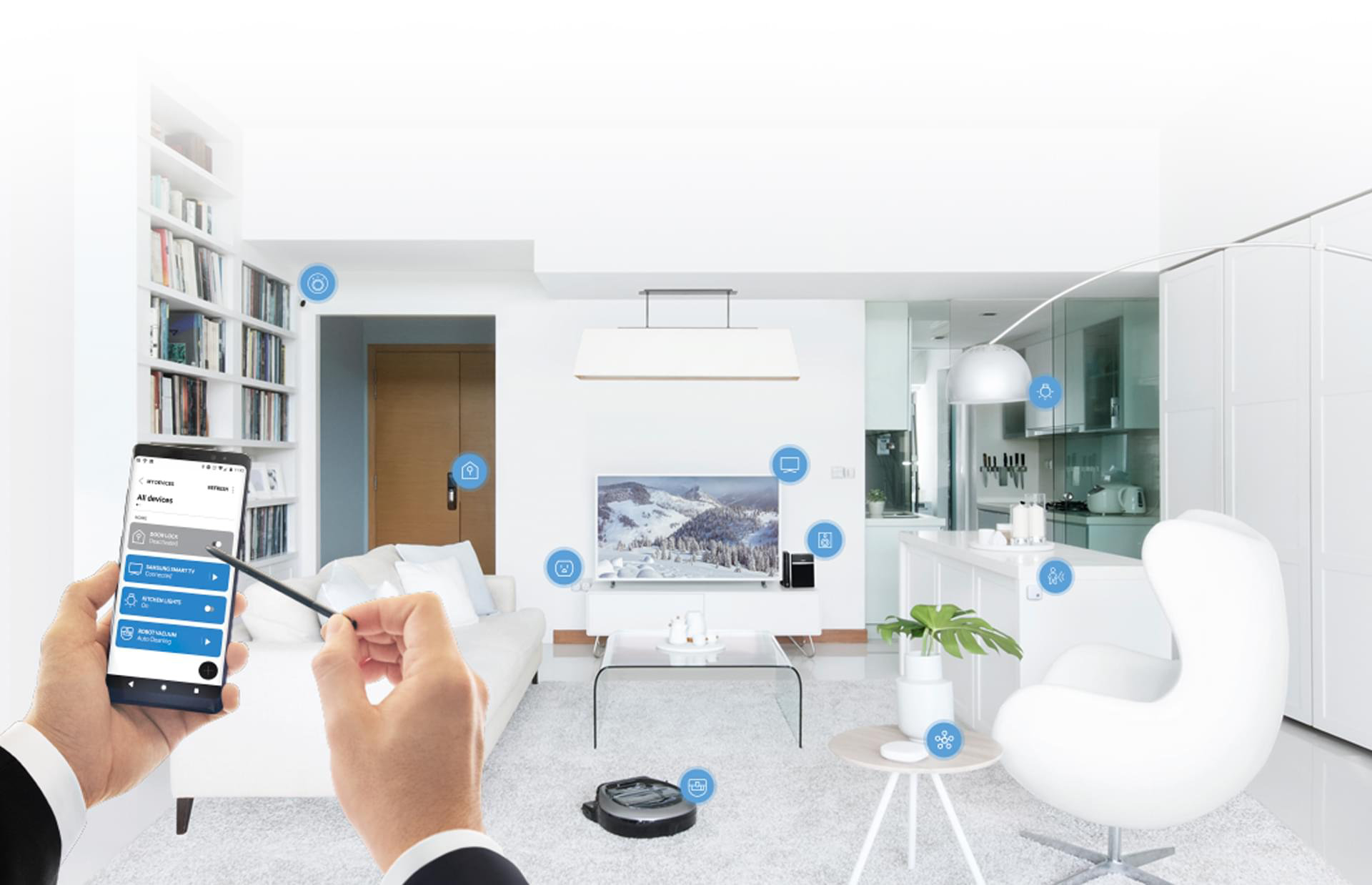
The term smart home generally covers all technologies for networking, controlling and automating electronic systems in residential buildings or individual rooms. The sub-area of home automation includes all devices that are directly connected to the building. The goals of intelligent building control are:
A higher quality of life through automatic and therefore more comfortable technologies around the house,
a better-protected home through intelligent security systems such as integrated alarm systems, motion, and smoke detectors, and the most efficient possible use of energy through remote-controlled and adaptive systems for individual control of individual rooms.
Smart Home: Intelligent technologies make it possible
The individual devices for building control are networked via power or data lines (via cable connection) and wirelessly via radio (e.g. via WLAN, Bluetooth). The advantage of wireless connections: The subsequent integration of additional devices is possible without great effort. Wireless networking therefore also makes Smart Home affordable in existing buildings. In a system with cable connections, new lines have to be laid for each device. Retrofitting must, therefore, be carried out by a specialist. On the other hand, radio buses are partly susceptible to interference during transmission, e.g. from external radio signals. This problem does not exist with wired systems for building automation.

There are currently various suppliers on the market with different technologies for building control. The difficulty is that the different systems are often not compatible with each other.
Easy to recognize: The complex market for smart home systems is booming. Numerous other suppliers (including well-known companies such as Samsung and Apple) announced their entry into building automation with new products and technologies.


